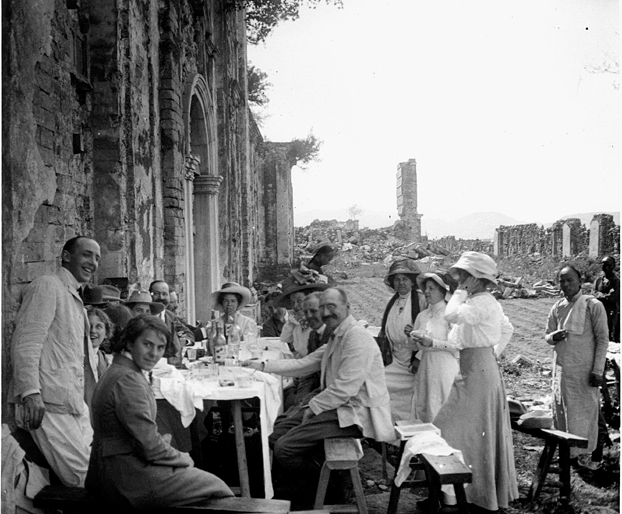|
|
|||||||||||||||||
|
|
|||||||||||||||||
|
|
|
||||||||||||||||
|
|
|||||||||||||||||
|
|
|
||||||||||||||||
|
|
|||||||||||||||||
|
|
|||||||||||||||||
|
|
|||||||||||||||||
|
|
|||||||||||||||||
|
|
|
||||||||||||||||
|
|
|||||||||||||||||
|
|
|||||||||||||||||
|
|
|||||||||||||||||
|
|
|||||||||||||||||
|
|
|
||||||||||||||||
|
|
|
||||||||||||||||
|
|
|||||||||||||||||
|
|
|||||||||||||||||
|
|
|||||||||||||||||
|
|
|
||||||||||||||||
|
|
|
||||||||||||||||
|
|
|||||||||||||||||
|
|
|||||||||||||||||
|
|
|
|
|
|
|
|
|
|
|
|
|
|
|
|
|
|
|
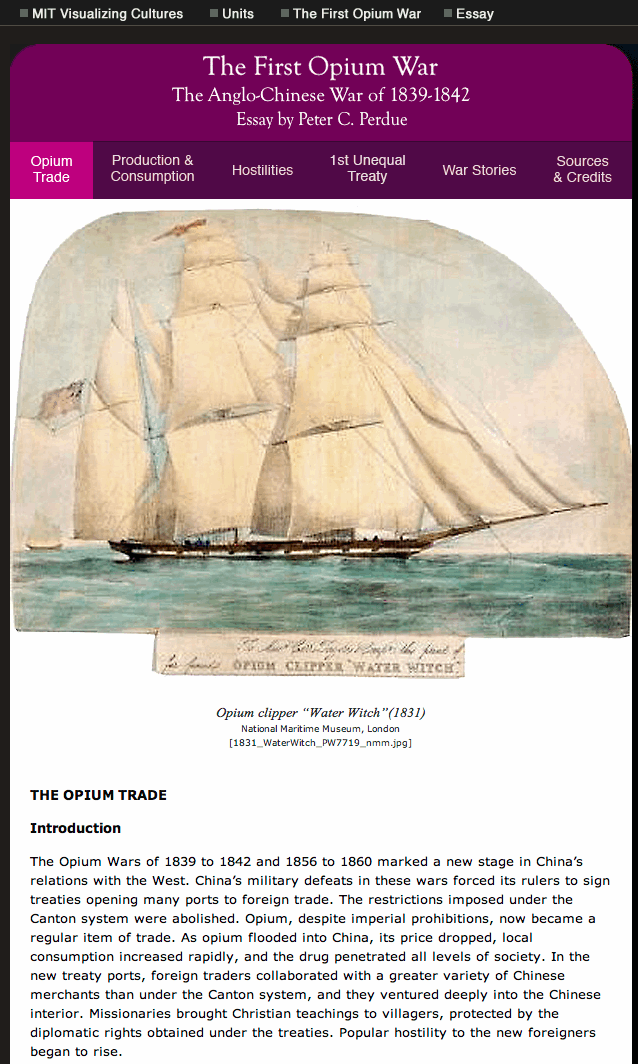



The European Section Ruins Over Time
As Régine Thiriez has documented, the European section ruins continued to be
photographed by Westerners from the 1870s through the 1930s. [13]
Of particular interest among these images is a photograph by Théophile Piry, taken around 1911, which shows two French and Russian diplomatic
families celebrating the engagement of two of their children to each other. The
picnic in the ruins perfectly illustrates the ironies of the Yuanmingyuan
European palaces—built by the Qing emperor on European models, destroyed and looted by European
troops, and later enjoyed by Europeans as a recreational site. The Chinese
servants in the background do not seem to be enjoying the occasion very much.
French and Russian diplomats picnic at the Yuanmingyuan ruins around 1911. Their Chinese servants, still wearing the queues the Manchus required of their
male Chinese subjects, are visible off to the side. [14]
Photograph by Théophile Piry. Collection, Charles Blackburn, Neuilly, France.
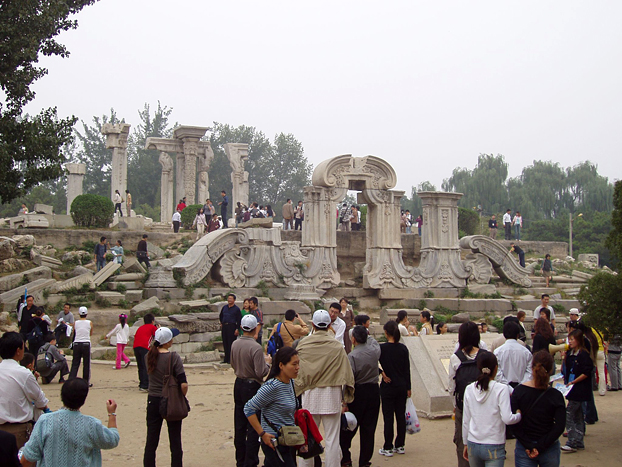
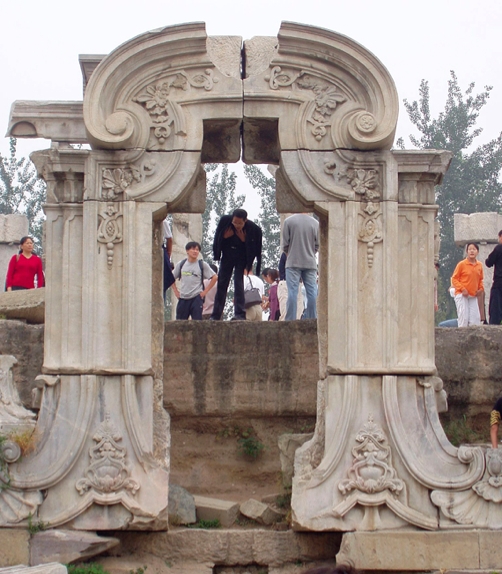
The most photographed ruin in Yuanmingyuan Park today is the arched gate that
stood behind the Great Fountain (Dashuifa 大水法), with the ornate columns of the Yuanyingguan standing slightly elevated behind
it.
photographs by Druh Scoff / Flickr
The Yuanmingyuan Ruins Park Today
Over the years, as the Yuanmingyuan was repeatedly culled of its artifacts by
both foreigners and Chinese, its grounds were turned into farmland and housed
villages of farmers. After the establishment of the People’s Republic of China in 1949, 15 work units numbering about 270 people were
located there. Under the constant urging of Premier Zhou Enlai, in 1988 the
Fuhai Lake area and the European ruins were opened to the public, and in the
1990s some of the other gardens were developed into a recreational park, with
its lakes available for boating, children’s amusement, restaurants, tourist shops, and the like.
The European ruins are by far the area most visited and photographed. Most
recognizable is the arch of the gate that formed the background for the Great
Fountain (Dashuifa), with the ornate columns of the Yuanyingguan on the hill
above it. No tourist could fail to have his or her picture taken in front of
these iconic ruins, and the many photographs and videos of Yuanmingyuan Park
that now appear online convey the different uses and aspects of its
restoration.
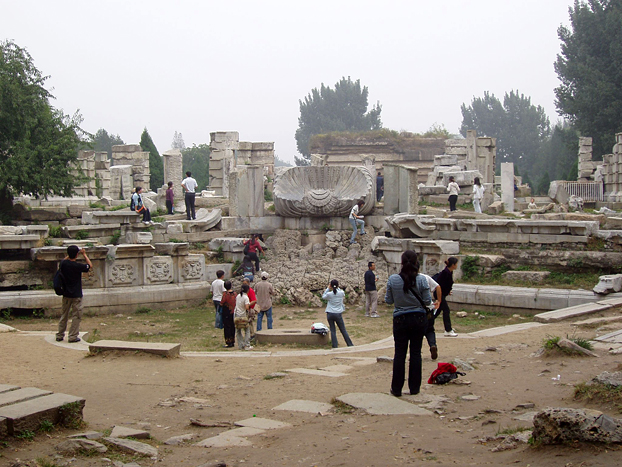
The base of the shell-shaped fountain at the front of the Haiyantang survives by
itself, with only a few shards of the palace itself remaining. This is where
the 12 zodiac animals signaled the hours by spouting water at prescribed times.
photograph by Druh Scoff / Flickr







